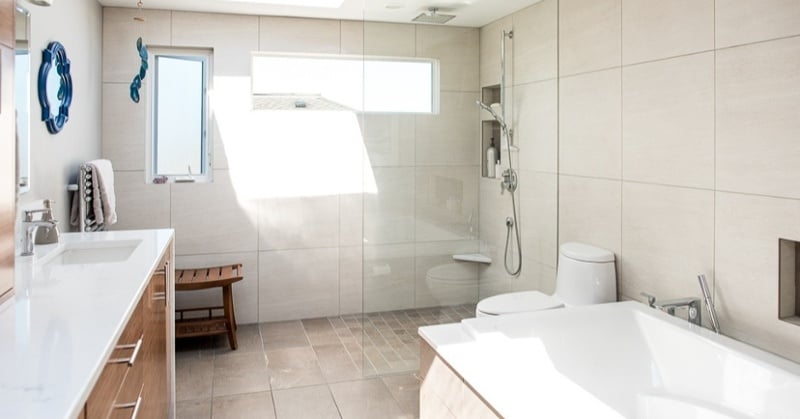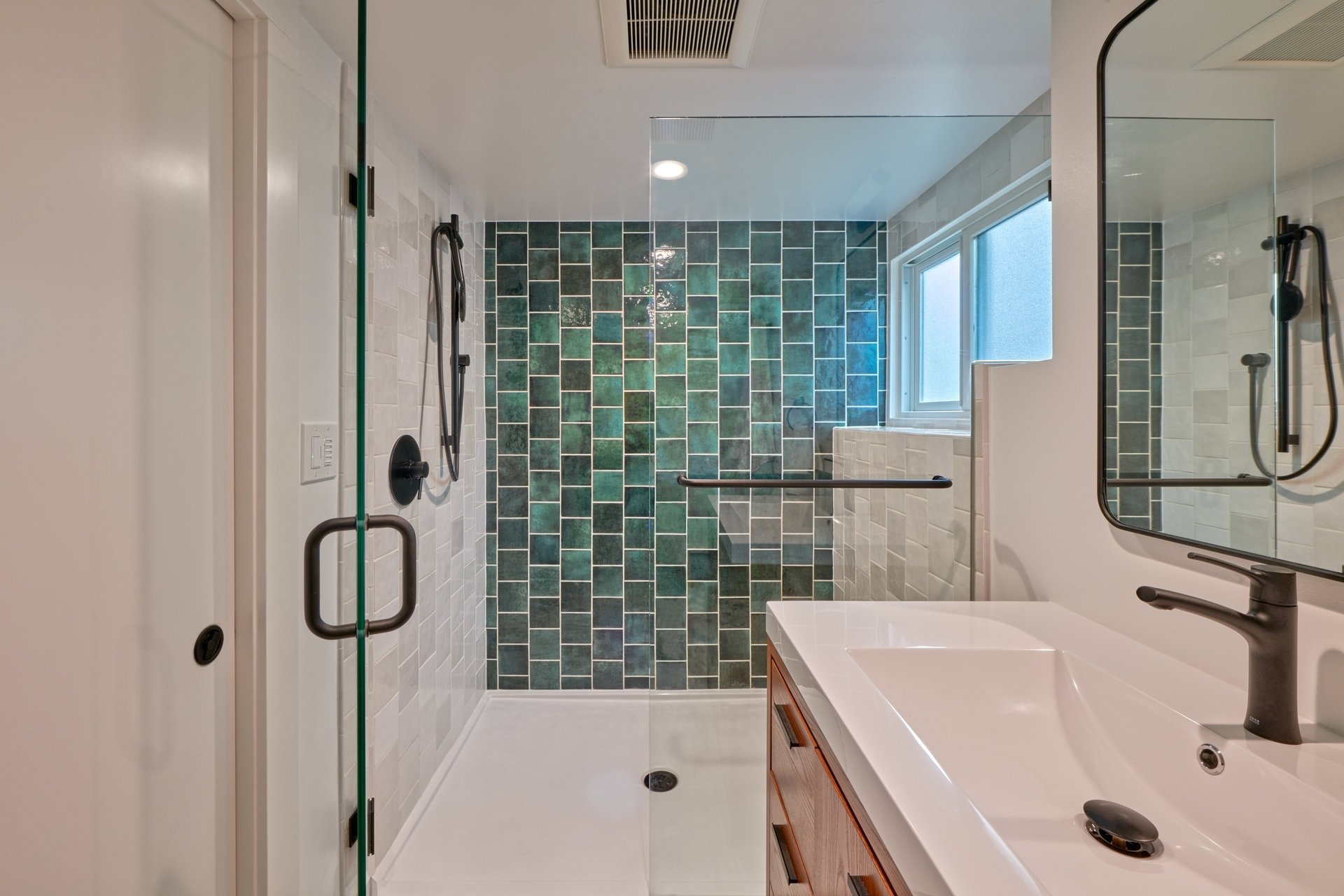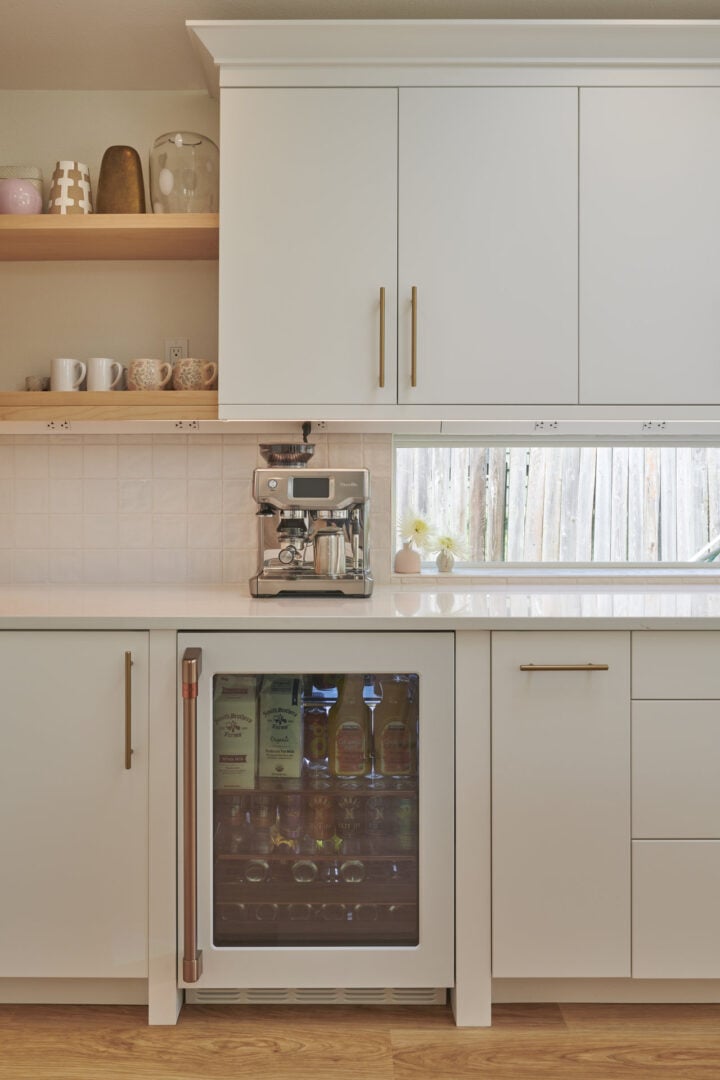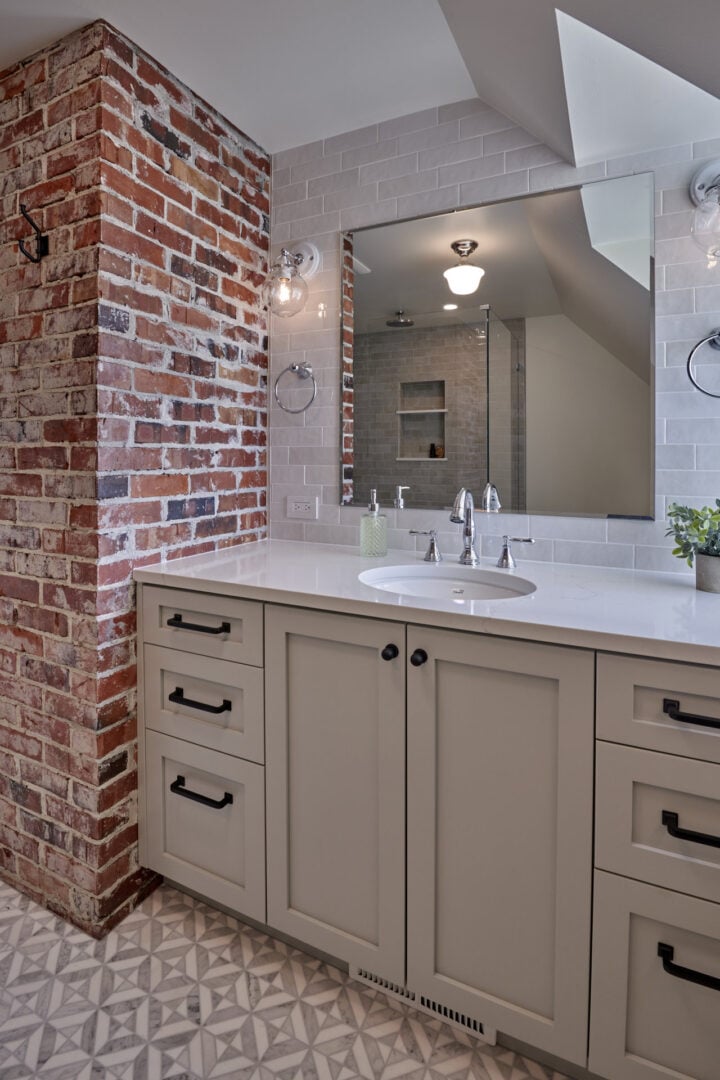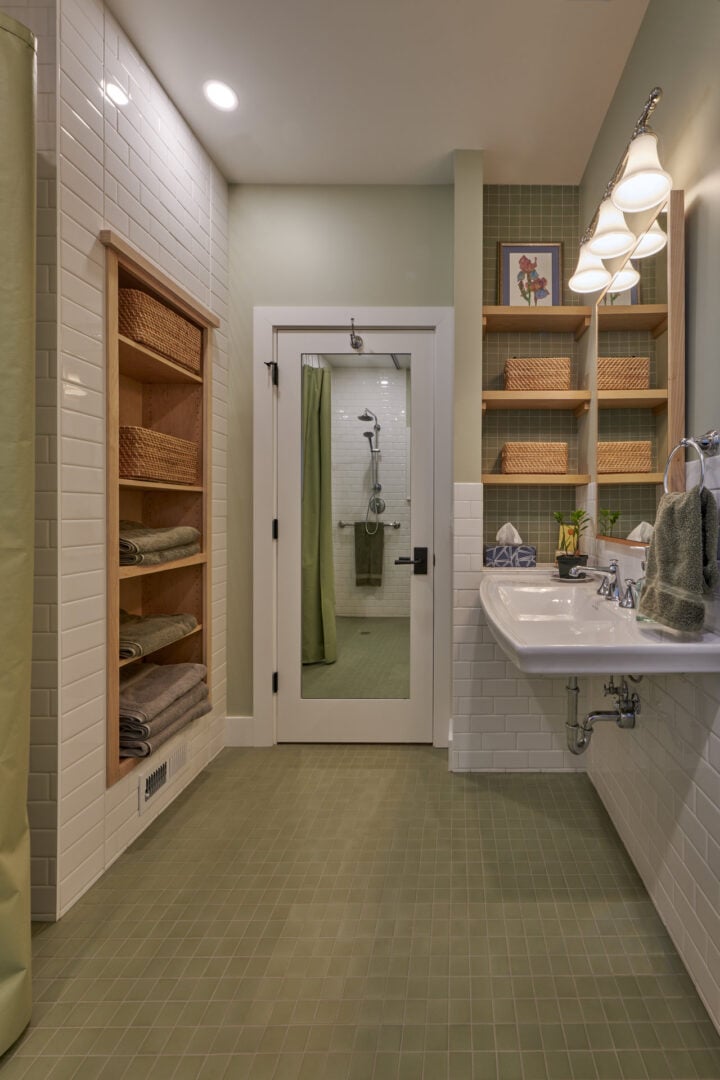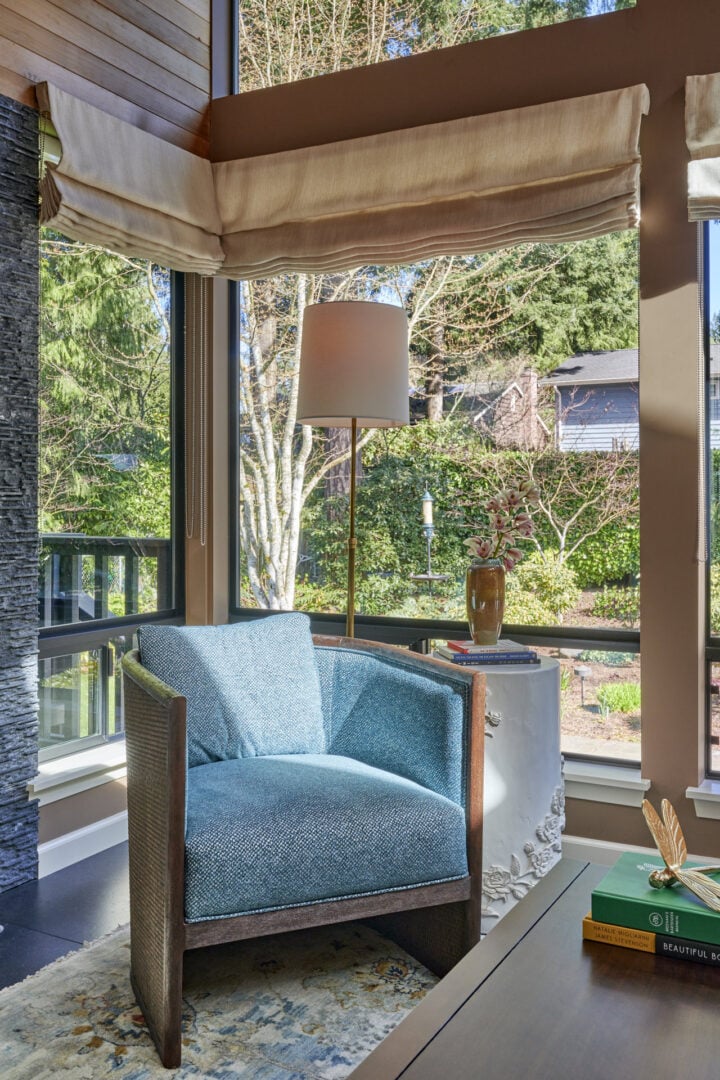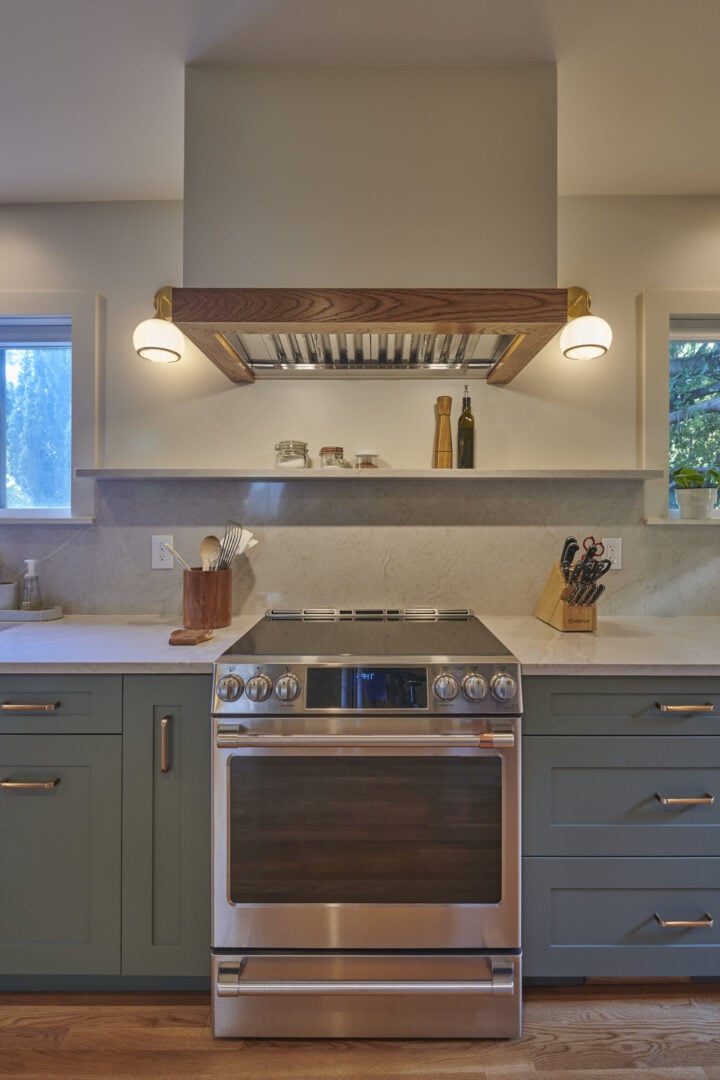As housing and elder-care costs have continued to increase, many families are turning to multigenerational housing. This can be a great opportunity for younger and older alike. But it works best when you make some basic preparations.
Remodeling your home to accommodate an older parent
If you have invited your aging parents to move in, you will likely need to make some design changes to ensure that their stay is comfortable and safe. Depending on the current design of your home and your parent’s level of mobility, you may need to do some light remodeling. Although your renovations may cost you some money, it will likely make financial sense compared to years of assisted-living fees. And you and your family will benefit from time spent with your loved one. Here are some renovation ideas that you can apply to create a more friendly living space for your mom or dad to age in place.
See also: Handling an Unexpected Physical Disability in Home Design
Is universal design the same as designing for aging in place?
As you start to explore the changes you’ll need to make to adapt your home for your aging parent, you’ll probably run across mentions of universal design. Universal design is an umbrella term that refers to creating spaces that are safe and accessible to all people, regardless of physical ability, age, or other needs. Designing for aging in place is a subset of universal design that focuses on the specific needs of the elderly, such as easy access to the shower, rocker light switches over traditional toggle switches, open floor plans with fewer door handles to grab, and better wheelchair mobility.
See also: Remodeling for Retirement
What is the most common aging in place remodeling project?
Usually, the two most critical rooms in your house to update will be your kitchen and a bathroom. Making them user friendly so your parents can still cook and bathe with ease if their bodies lose strength. This can mean lowering the microwave in the kitchen if it’s above the stove, putting electrical outlets in easy-to-reach places, and possibly widening doorways. This is not to say that the bedroom should be overlooked. Sometimes it’s worth considering a bedroom addition so your parent won’t have to use the stairs often.
